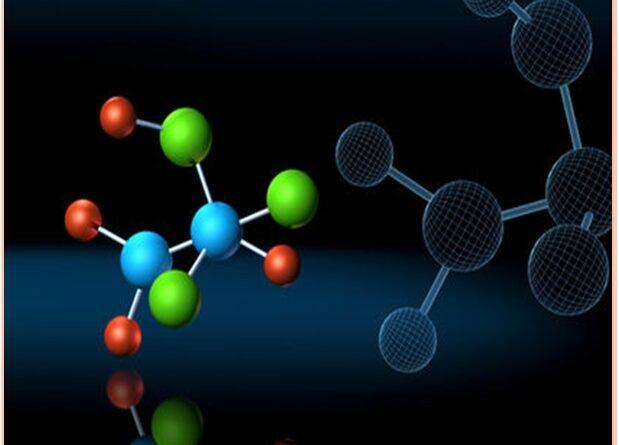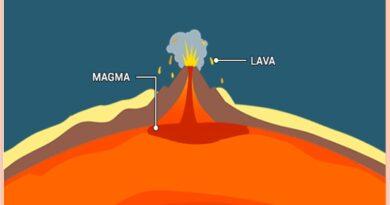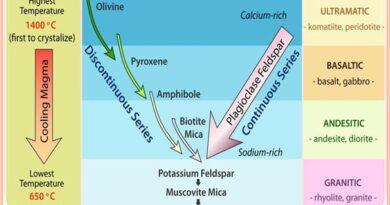Type of Chemical Bonds in Minerals
Chemical Bonds in Minerals
Elements are not merely mixed together in molecules but are joined by chemical bonds. A chemical bond is a lasting attraction between ions or molecules that enables the formation of chemical compounds. The bond may result from the electrostatic force of attraction between oppositely charged ions as in ionic bonds or through the sharing of electrons as in covalent bonds. The strength of chemical bonds varies considerably; there are “strong bonds” such as covalent, ionic, and metallic bonds, and “weak bonds” such as dipole-dipole interactions, the London dispersion force, and hydrogen bonding.
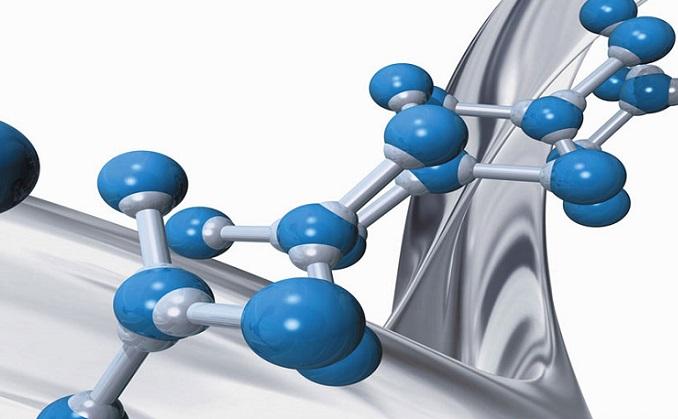
The Chemical Bonds in Minerals are of four types: covalent, ionic, metallic, or Van der Waals, with covalent and ionic bonds most common. Two or more of these bond types can and do coexist in most minerals. Covalent bonds are very strong bonds formed when atoms share electrons with neighboring atoms. Sulfur, and both of carbon’s natural forms, graphite, and diamond, are covalently-bonded minerals. So is quartz, which contains only silicon and oxygen.
Ionic Bonds
Ionic bonds are strong bonds formed when electrons are transferred from one element to another. An ionic bond forms when electrons pass between atoms creating cations (positively charged ions) and anions (negatively charged ions). Ions of opposite charges attract each other. The attracting force is equal in all directions and increases as the distance between the ions decreases. The ions, therefore, tend to pack together into a lattice whose shape is determined by the sizes and therefore packing, of the ions involved.
Lose your weight with Perfect shape-click here
Most metals like iron, nickel, lead, aluminum, etc. exist in nature as cations, rather than as electrically neutral atoms. Their mineral compounds are, therefore, usually ionic. This is true whether they are joined with one non-metal, as in oxides (oxygen), or with two, as in sulfates (sulfur and oxygen) and carbonates (carbon and oxygen). The greater is the bonding force and the greater is the hardness of the mineral. Some lattice arrangements have weak internal links that result in easy cleavage in one particular plane. A well-known example is the Mica family. In practice, minerals are seldom formed by a 100% ionic bond. They are usually part ionic/part covalent.
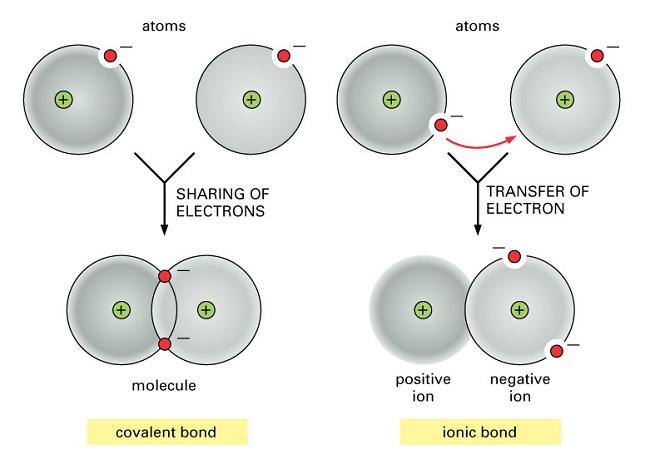
The covalent bond
A covalent bond is created when two atoms share outer shell electrons so that the electrons orbit around both atoms giving each a full complement of electrons in its outer shell. In a covalent bond, no electrons are given up or acquired so no ions are formed. A covalent bond is therefore possible between two atoms of the same type and is the means by which molecules are formed.
Covalent bonds are said to be directional because the shape of the bonds is controlled by the orbitals or hybrids involved. Covalent bonds tend to be strong bonds and produce molecules and crystals which are electrical insulators.
The metallic bond
The outer electrons of metals are only loosely attracted to the nucleus and are therefore easily detached. The resulting metal cations tend to cluster together with the detached electrons surrounding the cations as an anionic cloud.
Glucofort-Unique and best Blood sugar Support-click here
Metallic bonds are generally weaker than either covalent or ionic bonds, which explains why metallically bonded minerals such as silver, gold, and copper, can be worked—beaten into flat sheets, or drawn into thin wires. In metallic bonds, electrons move about the crystal constantly flowing between adjacent atoms, redistributing their charge. Because of this flow of electrons, true metals are also good electrical conductors.

The Van der Waal bond
The Van der Waal bond or Hydrogen bonding is a very weak bond formed by residual charges from the other types of chemical bonds. it binds the noble gases and some elements such as Sulphur and Graphite. Graphite is probably the best example of the nature of Van der Waals bonds. The atoms in graphite’s carbon layers are covalently bonded, but a weak residual charge attracts the layers to one another. Van der Waals bonds make graphite a very soft mineral, excellent for use in pencil lead.
Also, read- The Pacific Ring of Fire and Its great Importance
These four types of Chemical Bonds in Minerals provide a convenient basis for the classification of crystal structures. Chemical reactions are largely driven by the movements of electrons between different atoms. Ions result when electrons are gained (anions) or lost (cations) during these reactions. Ions are different sizes from their parent atoms. In general, atoms that become cations become smaller, and atoms that become anions become larger. The size of the ions/atoms is one of the principal factors regulating how crystals form.
Mineral Crystal Systems

Geologists recognize 7 distinct crystal systems. They are defined and distinguished from one another on the basis of the dimensions and angular relations of crystallographic axes that define the unit cells.
Sources- Science.jrank.org, kgg.org.uk, geosciences.fau.edu
